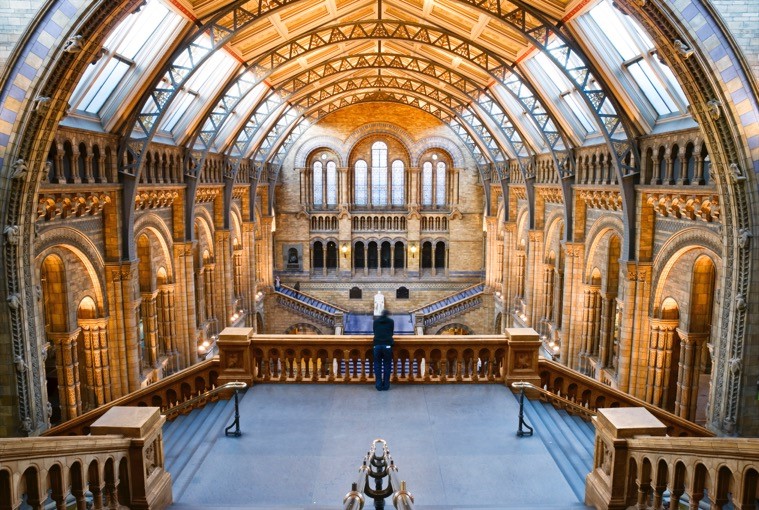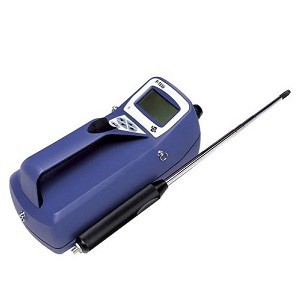 Museum
Museum
Why is the air quality and choosing the right air filters so important for your valuable artifacts in your museum? It’s important to know that the air surrounding us consists of 78% of nitrogen, 21% oxygen and 1% consists of various gases and particles.This 1% is contains noble gases, carbon dioxide, particulates, salts and gases from traffic and industry. Although one percent seems low, it indeed determines whether the air quality can be called healthy or unhealthy. And whether your artifacts are affected or not.

AFPRO Air Filter for museum
We guarantee the best indoor air quality at the museums with our energy efficient air filters for museums. Here are a few of our customers:
- Rijksmuseum
- Van Gogh Museum
- Hermitage
- Rijks Gebouwen Dienst
- Naturalis
- Koninklijke Bibliotheek
We guarantee the best air quality for museums by carrying out a 2 step approach in cooperation with our customers.
Step 1: Measuring

By systematically checking the indoor air quality for contamination we can help museums to ensure that the air quality meets the applicable requirements. This systematic monitoring is done with small tubes that are placed in front of the gas measurements and taken back after a certain period to be sent to an accredited laboratory. We advise our customers to perform these measurements once every quarter. If there are multiple archives we recommend to carry out a measurement for each archive to be sure of the correct air quality.
During these measurements we check:
- The number of air circulations/hour
- Clean air versus circulated air ratio
We measure the following concentrations:
- Sulfur dioxide
- Nitrogen dioxide
- Ozone
- Particulate matter
These air contaminations often come from outside, for example by using outside air for ventilation, or by visitors visiting the museum who carry pollutions from outside into the museum.
Besides these pollutions in the air, valuable artifacts can also be damaged by for example wrong lighting, temperature, relative humidity and pests.
The contaminations can roughly be divided into two groups:
1) Substances with acidic chemical properties (cause corrosion damage to materials such as metals and marble. Other materials susceptible to damage include leather, wool, silk, parchment, paper and photographic
2) Substances with oxidizing chemical properties (The predominant oxidizing gases are ozone, nitric acid and other oxygen / nitrogen compounds. These gases mainly cause damage in organic materials and cause premature ageing. This is indicated by symptoms of fading and tarnishing of metals, brittleness, yellowing and corrosion / rusting.
Step 2: Filtration
Our extensive experience in working with the top museums around the globe in conjunction with the measurement data of the tubes, we can determine the best air filters for your museum.
Our innovative museum air filters can not only protect your precious works of art and your visitors and staff, but also reduce your energy costs. We do this with our new “low energy” series air filters: The energy-saving air filters with an A+ label.






